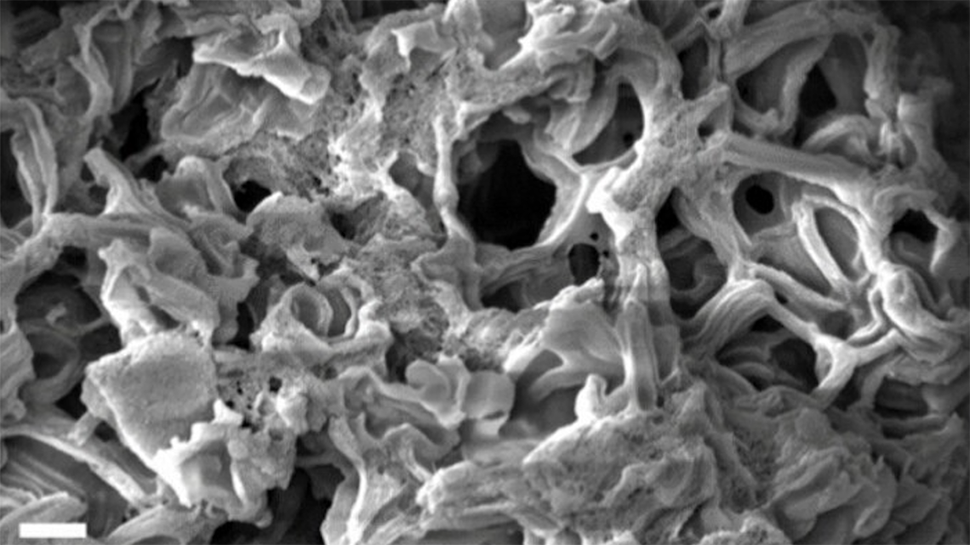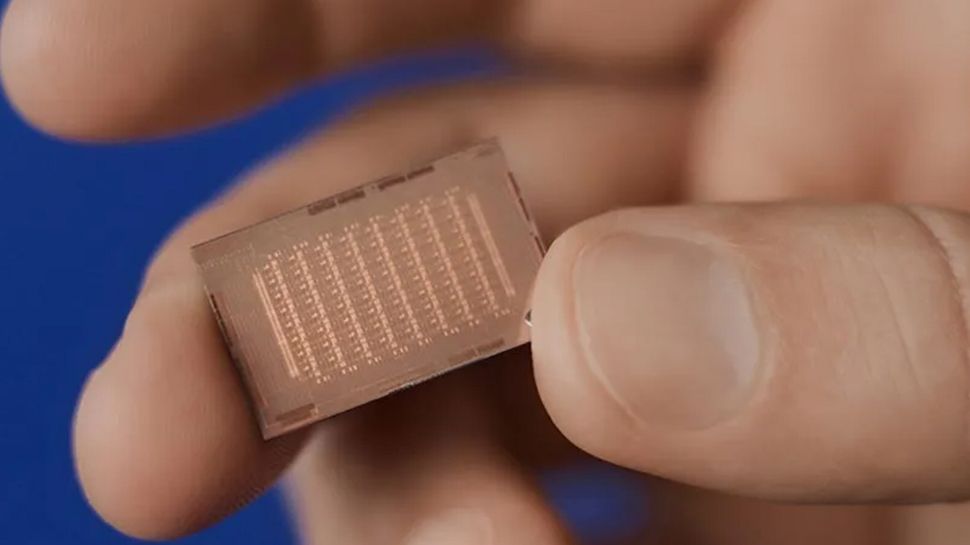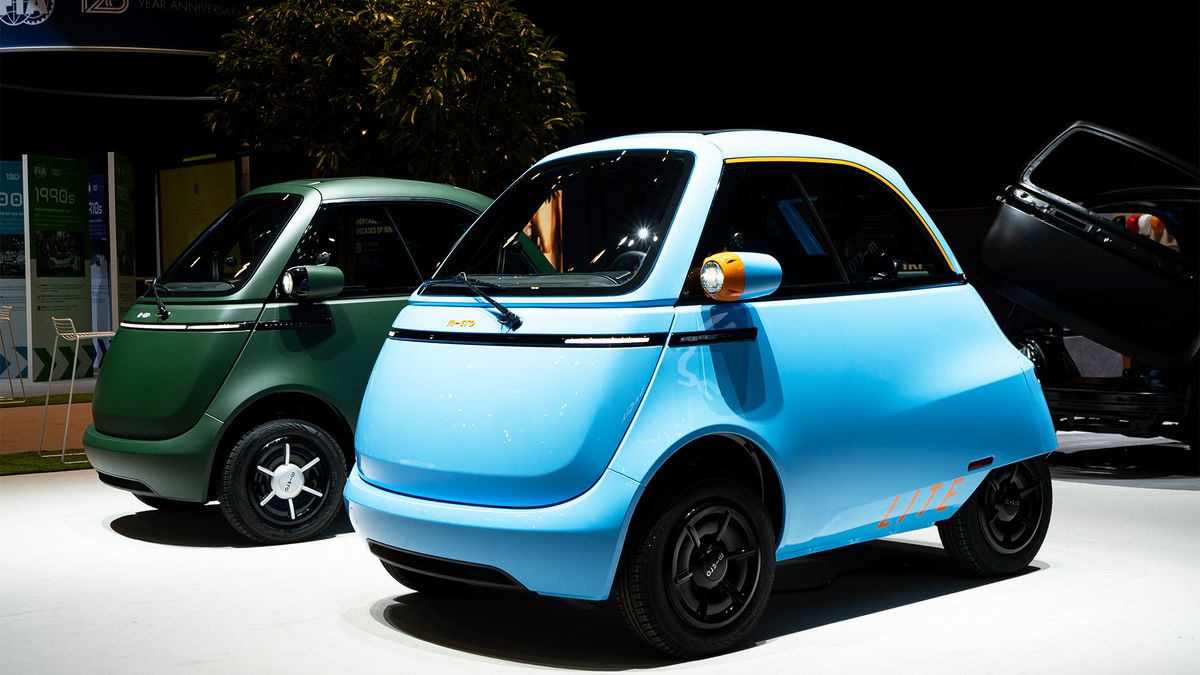- Researchers create a form of carbon with an incredible surface area
- This could allow the material to trap more substances, including various chemicals.
- Hypergolics are widely used in jet propulsion.
Researchers at Cornell University have developed a nanoporous carbon material with the largest surface area ever known.
The breakthrough uses a chemical reaction similar to the ignition of rocket fuel and could be used to improve carbon dioxide capture and energy storage technologies, which could advance the next generation of batteries.
Increasing the porosity of carbon is key to improving its performance in applications such as contaminant adsorption (where contaminants adhere to the surface of the material) and energy storage. The new material has a surface area of 4,800 square meters per gram, comparable to the size of an American football field or 11 basketball courts condensed into a single teaspoon.
A bright future for batteries
“Having more surface area per mass is very important, but you can reach a point where there is no material left. It's just air,” said lead author Emmanuel Giannelis of Cornell Engineering's Department of Materials Science and Engineering. “So the challenge is how much of that porosity can be introduced and still have structure left, along with enough performance to do something practical with it.”
Giannelis collaborated with postdoctoral researcher Nikolaos Chalmpes, who adapted hypergolic reactions (high-energy chemical reactions typically used in rocket propulsion) to synthesize this carbon.
Chalmpes explained that by perfecting the process, they were able to achieve ultra-high porosity. Previously, these types of reactions were only used in aerospace applications, but their rapid and intense nature was ideal for creating new nanostructures.
The process, detailed in ACS NanoIt begins with sucrose and a template material, which guides the formation of the carbon structure. When combined with specific chemicals, the hypergolic reaction produces carbon tubes containing highly reactive five-membered molecular rings. A subsequent treatment with potassium hydroxide eliminates the less stable structures, leaving a network of microscopic pores.
Researchers say the material absorbs carbon dioxide almost twice as effectively as conventional activated carbons, reaching 99% of its full capacity in less than two minutes. It also demonstrated a volumetric energy density of 60 watt-hours per liter, four times that of commercial alternatives. This makes it particularly promising for batteries and small power cells, where efficient energy storage in compact spaces is critical, and opens avenues for the design of electrocatalysts and nanoparticle alloys.









